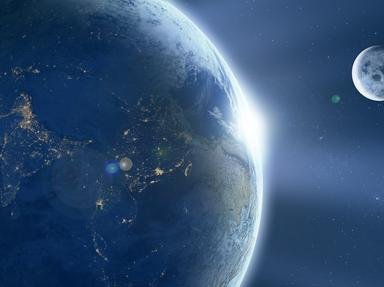
Jovian Satellites Trivia Quiz
This collection contains the first fifteen labelled moons of Jupiter (I to XV), just a small portion of the dozens that have been discovered in the centuries since Galileo found the first four. Pick them out without choosing any of Saturn's moons.
A collection quiz
by reedy.
Estimated time: 3 mins.
- Home
- »
- Quizzes
- »
- Science Trivia
- »
- Our Solar System
- »
- Moons